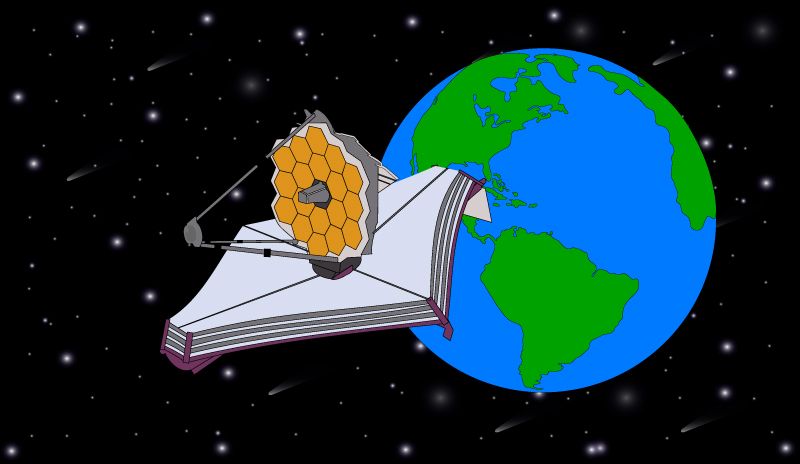Outer Space: Setting Up Lunar Base – Artemis I Mission and the Magnificent James Webb Space Telescope
An illustration of the James Webb Telescope in outer space, near planet Earth. Elements of this image were furnished by NASA. (Shutterstock)
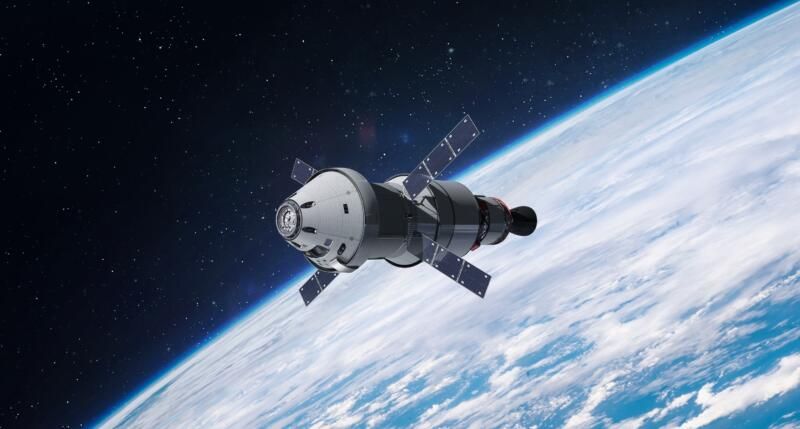
The James Webb Telescope recently brought us new images of old stars and constellations, filling our minds with wonder. Looking at one of the most impactful of those photographs, one of our panelists wrote:
“The endless richness of the deep field image, jam-packed with stars and galaxies, covering a tiny patch of sky, tells the history of the universe.”
The images also filled us with questions. Is there other life in the universe? What kind? What do other planets look like? Will we take regular trips to the Moon and Mars in the future?
All those questions are being explored right now by several countries, including the United States, that have been investing in different projects and technologies that help us look beyond our own planet.
One bigger question is: Can space exploration, in all its facets, help humanity discover the answer to essential questions, including finding the keys to our survival on earth?

Exploring those issues, a ‘stellar’ panel – Alexandra de Castro, Science and Technology Communicator, PASQAL; Marcio Melendez, Principal Astronomical Optics Scientist, Space Telescope Science Institute (STScl), Baltimore, Maryland; and Nicole Arulanantham, Giacconi Postdoctoral Fellow, Space Telescope Science Institute (STScl), Baltimore, Maryland – gave their thoughts at an Ethnic Media Services briefing, Sept. 23.
Sharing the knowledge on astronomy, space, as a science communicator, Alexander de Castro, who lives in The Hague, in The Netherlands, joined the briefing online from Europe.
“Our next adventure on human space exploration, Artemis, which is a sister of Apollo, is aiming to take humans back to the Moon. But this time it is not just to prove that we can do it, but to stay. The long-term plan is to settle, to build a lunar base, and this is a dream. Many people are working hard to make this dream happen.
“Artemis I, which is the first mission, is a test mission to make sure that traveling to the moon for humans for 40 days, is safe.
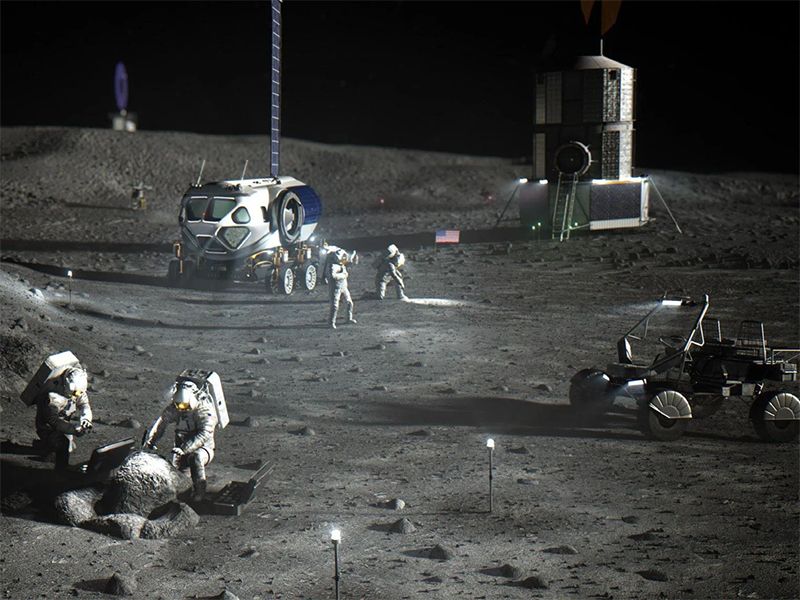
“Earlier Apollo missions were to just go there, stay there, walk a little bit, and come back. The longest was 12 days and that was very out of shoes because we didn’t know back then, the risk of space travel for humans. Now we have a lot of information from the 20 years of experience with the International Space Station.
“The rocket is at the space launch system in the Kennedy Space Center in Florida, ready for launch, and is going to launch probably September or October.
“On top of the rocket is the Orion capsule. The humans will go here, but Artemis I is a test flight, it is on crew, no real astronauts will go there. They will put some human-sized dummies to investigate for radiation so we can know the amount of radiation the astronauts will endure.
“Then in Artemis II, which is going to be in about three years, they will take four astronauts to the Moon, and hopefully according to the plan they will take the first women astronauts to the Moon because they were missing in the Apollo project.
“This is a shorter plan, and there is a medium-term plan before we go to the Moon to build the actual base camp. The base camp is a long-term plan. This mid-winter plan involves the construction of a space station within the Moon instead of like our International Space Station. “This one is named is Gateway. It will orbit the Moon and the astronauts will go there to live and work in this control environment. They will stay there for about three to six months and they will use the Orion modules back and forth from the Earth, and some vehicles for food and supplies, and they will have the Lander so they can go actually to the Moon and work on the Moon.
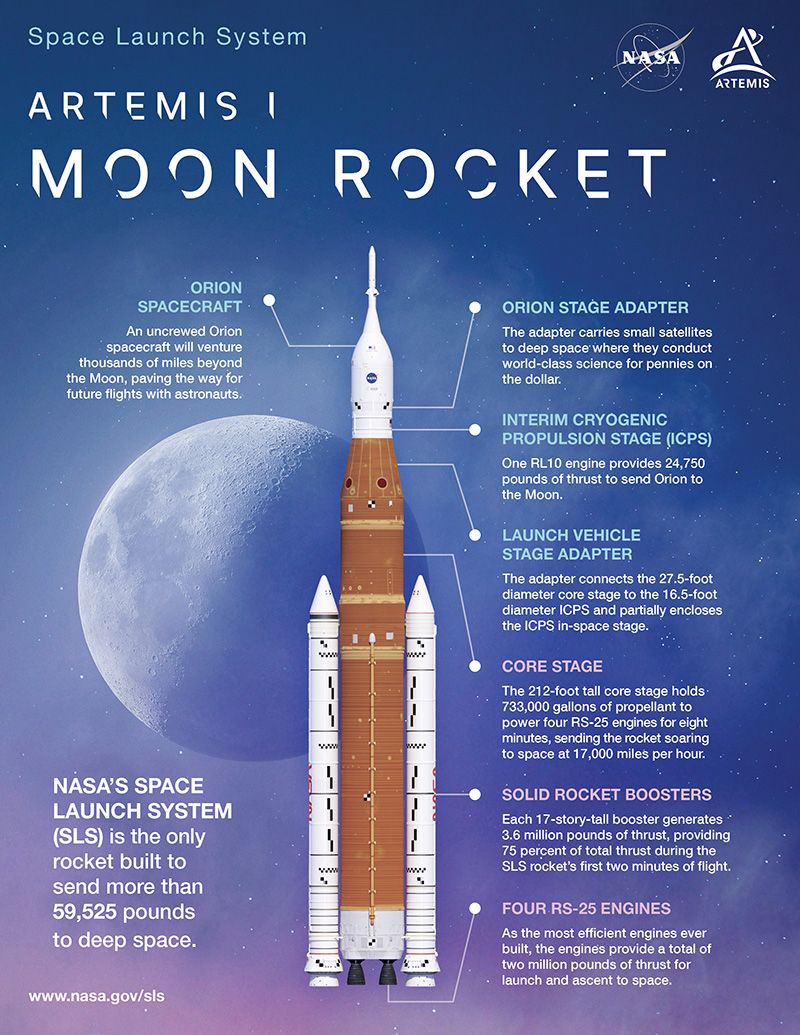
“Many robots will help with the heavy work. This is the medium-term plan. The goal is to learn a lot about the Moon and how we can build a base to stay on the Moon,” said de Castro.
What are the benefits for a society of human space exploration and astronomy? Why are we doing this?
“We’re hungry for knowledge. We want to know many things, and this is what makes us humans. I would lie if I would say something like ‘we are going to space because we want to do something good for a society,’ we are doing this astronomy and science because we are hungry for knowledge. Going to the Moon is not different from what Darwin and Hubble were doing.
“It’s just that our environment got bigger. The outer space is now part of our environment, and we want to just keep going.
“There are many benefits – the first, new knowledge. A wonderful example of the knowledge that we can acquire by human exploration of space is a video from Apollo 15.
It looks like a simple experiment, but it was done far from the Earth. It was done on the Moon and was a big moment for humanity. It was a confirmation of how gravity works in other places not just on Earth, confirmation of the laws of nature that Galileo, Newton, and others had discovered.
“The next one is from astronomy. The element Helium was not found on Earth. This element was found in the Sun through observation. An English astronomer discovered this element and after that we started looking for Helium on Earth, and we found that Helium was also an element on Earth.
“We use it for science, but we can also use it for medicine. Some examples would be for respiratory therapy; for laparoscopy surgery; protecting the hair from Ischemia;
“The next benefit is understanding our place in the Universe. What is our universe is made of; what is the origin of the Solar System; and is there life elsewhere in the universe.
“There is a lot of research on life elsewhere in the Solar System, in exoplanets; is there habitability; and we now have found about 5,000 exoplanets, many of them, Earth-like, so now we know that we are not that unique.
“This discovery makes us think about our relationship with the universe. There are thousands of millions of galaxies. Our galaxy, which is so big, is not unique.
“The next one is blurring borders, working together for the same goal, and Artemis is an example of that. It’s a collaboration of thousands of scientists from many countries. The Webb Telescope is also international collaboration.
“Science, and technology derived as a result, are important because they make our lives better. With satellites, we have communications, we have GPS, we have a weather forecast that works most of the time –hurricanes forecast; wildfires monitoring; monitoring climate change.
“We also have robots that are now used in hospitals, in operating rooms,” said de Castro.
Marcio Melendez, a principal astronomical optics scientist of the Space Telescope Science Institute, has been working with the mirrors of the Webb Telescope.
Realizing the challenge of “talking about the whole history of the Universe, 13.5 billion years in 15 minutes,” he began with the most fundamental questions.
Where do we come from? How was the Universe formed? How do we get here? Is there life outside our Solar System, or even inside the Solar System?
Melendez started with the mention of the big James Webb Telescope, “that is so sensitive that you could see the heat signature of a bumblebee at a distance to the Moon.”
“A telescope needs to collect light from the Universe, the bigger the telescope the better the collection of more light, and if we collect more light then we can be more sensitive and if we are more sensitive, we can look further into the past, or at the beginnings of the Universe.
“The James Webb is a space telescope that operates in the infrared. It also needs to be very cold because of the infrared radiation so it has a sort of sun shield that is equivalent to when you go to a pharmacy and try to get a sunscreen with a protection factor of 1 million,” said Melendez.
The Mid-Infrared Instrument (MIRI) has both a camera and a spectrograph that sees light in the mid-infrared region of the electromagnetic spectrum, with wavelengths that are longer than our eyes see.
MIRI covers the wavelength range of 5 to 28 microns. Its sensitive detectors allow it to see the redshifted light of distant galaxies, newly forming stars, and faintly visible comets as well as objects in the Kuiper Belt. MIRI’s camera provide wide-field, broadband imaging that continue the breathtaking astrophotography that has made Hubble so universally admired. The spectrograph enable medium-resolution spectroscopy, providing new physical details of the distant objects it will observe. – (jwst.nasa.gov)
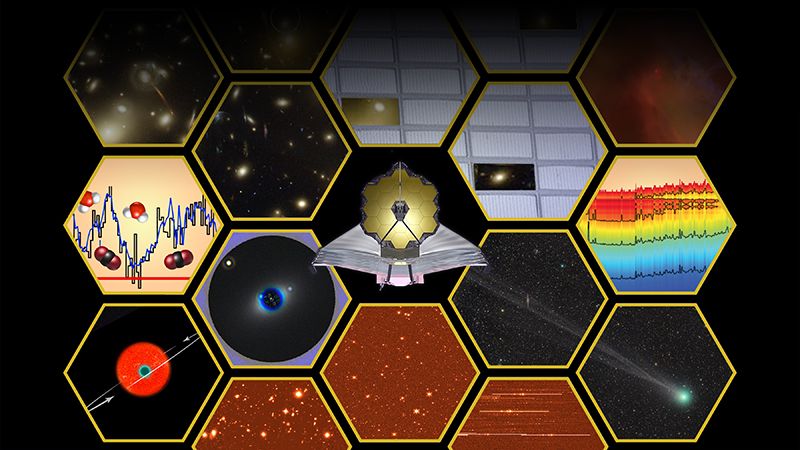
“The James Webb Telescope is 1.5 million kilometers away from earthrise; 1 million miles away from Earth. It’s a very special point called the L2 Lagrangian two point.
“The plastic bag allows you also to pierce through different materials, in our case, to pierce through dust right, giving us an un-obscure vision of the Universe.
“The Universe is expanding, and every time the light is stretched, we see most of the galaxies, and the first stars in the galaxies, most of the radiation is emitted in the ultraviolet and the optical.
“Once they reach here on Earth they have been stretched to fall into the infrared, so in the case of the James Webb, it works in both important key features, it allows you to pierce through those; it allows you to uncover many things that have been hidden in visible light, and also it allows you to see back into the past.
“We use very sophisticated mathematical algorithms to find what’s the best position of the mirrors. James Webb is a telescope that is only limited by the physics,” said Melendez.
Nicole Arulanantham, a post-doctoral fellow at the Space Telescope Science Institute, who studies planets spoke next.
“My main area of research is studying the formation of stars and planets in orbit around those stars.
“Our eyes are not able to see light at ultraviolet wavelengths but thankfully we have some wonderful instruments on board the Hubble Space Telescope that are able to collect this light.
“My collaborators and I look at the light from these young stars with the Hubble Space Telescope and we try to understand a few different processes associated with how stars and planets form.
“First, we can use this ultraviolet light to estimate how much mass is being pulled onto the central stars from the discs themselves and so this tells us how quickly the stars are growing, by giving us an estimate of how much stuff is being pulled onto the star every year.
“We can also use this light to determine how much this ultraviolet radiation is interacting with the material in the protoplanetary disk so we can get a sense of how the energy from this light goes into the molecules in the disk, and it can heat the molecules up so much that they have enough energy to escape the gravitational influence of the star.
“This is very interesting because the stars themselves are controlling how long the planet forming material stays in these protoplanetary disks.
“We can think of the Star as something like a bonfire. If you’re out camping, and you put your hands very close to the fire, they’ll feel very hot, but as you move away from the fire, you get colder, and colder, and colder, and if you get too far, your feet start to freeze.
“That’s exactly what happens with the material in these protoplanetary discs. If we want to get a sense of the very cold material that is in the disc very far from the star, we need to use detectors that can collect light at sub millimeter wavelengths, now this is radiation that’s much less energetic than the ultraviolet light we detect with Hubble and this sub millimeter light is produced by very cold material.
“When we look at these protoplanetary discs at sub millimeter wavelengths we can see these rings of gas and dust and they’re beautiful. It’s hard to see the little planets that are forming because there’s so much stuff in the disc and the planets are very embedded, but we can see the signatures of the planets, for example we might see a gap in the dust in the protoplanetary disk that might tell us that a planet is there.
“We might see very big spiral arms like the things we see in galaxies that are driven by planets.
“We can also detect all kinds of different species of molecular gas and this tells us about the composition of stuff available for planets that are forming very far from the star.
“We have Hubble to tell us about what’s going on very close to the star with all the very hot material we have sub millimeter detectors to tell us about what’s going on very far from the star, but what about this middle region – this is where the James Webb Space Telescope comes in.
“JWST has infrared detectors on board and these detectors can pick up light from very warm material in these protoplanetary disks that’s slightly closer to the star than the cold frozen stuff, but not quite so close that it would be destroyed by the strong radiation from the central star.
“Something that I’m really excited to see with JWST is infrared light from molecular gas in these discs. We will be able to detect light that’s produced by molecules like water, for example, which will be incredibly exciting.
“There are some scientists who have interesting observing programs designed to trace how water gets delivered from the very outer regions of these protoplanetary disks to the very inner regions where earth-like planets might be in orbit.
“We’ll also be able to see molecules like hydrogen cyanide, which is an important carrier of hydrogen carbon and nitrogen, which we know have been essential to forming life on Earth and we’ll also be able to detect a whole bunch of molecules that we never dreamed would be possible with this telescope,” said Arulanantham.
